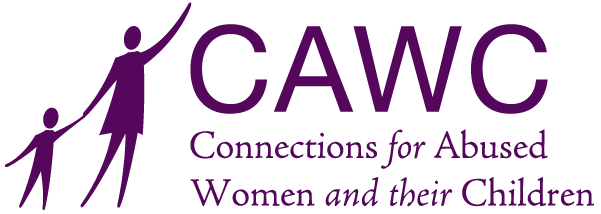Pop culture has a huge influence on our lives and behavior, from the things we like to the way we talk to our thoughts about the world. Love and relationships are no exception to that—many of our ideas about what intimate relationships and romance should look like are shaped by the media we consume in our formative years and the social conversation around them.
But what happens when our cultural touchstones are a little…problematic? As it turns out, many of the relationship tropes that we take for granted might not be as romantic as we think. In fact, some of the movies that we might be used to thinking about as romantic classics are full of behaviors and tropes that could be construed as red flags for domestic violence. These include:
- ● A character believing that they can change their partner
- ● A character who changes their own behavior or identity so that their partner will love them
- ● A character who persistently pursues their love interest even after being told “no”
- ● A character following their love interest, or showing up someplace uninvited (usually as a sign of their devotion)
- ● Relationships that are portrayed as destructive or dysfunctional in a tragically romantic way
- ● A character who is controlling or jealous of their partner because they love them so much
- ● Couples who fight a lot because they love each other so much
You can find more examples of the tropes that commonly show up in movies in the Dysfunctional Romance Index.
Examples of Unhealthy Relationships in Movies
In the most recent session of the Kitchen Table Conversations series, a few members of the CAWC team sat down to dissect a few classic romance movies and discuss what makes them problematic from a domestic violence standpoint. Below are just a few examples of the red flags we identified:
- ● In Beauty and the Beast, the entire relationship between Belle and the Beast is based on a power dynamic—he is her captor, and she is his prisoner.
- ● In Grease, Sandy ultimately comes to the conclusion that the only way her relationship with Danny can survive is if she changes her identity for him.
- ● In The Notebook, Noah initially convinces Allie to go out with him by pretending that he’s going to fall from the ferris wheel if she doesn’t agree to a date.
These are just a few examples, but the list of movies, books, and other forms of media that portray abusive relationship behaviors as romantic is a long one. For a more in-depth exploration of the examples discussed above and other domestic violence red flags in movies, watch the recorded Kitchen Table Conversation webinar.
Why It Matters
After all, most movies are made up—so why does it matter how relationships are portrayed in pop culture?
Even if you consciously recognize and understand that domestic violence is bad, repeated exposure to abusive behavior in the guise of romance still has the effect of normalizing those behaviors. What’s more, many of the films that portray problematic relationship behaviors are geared towards children and teens whose ideas about relationships are still being formed.
Accepting these behaviors as normal (or even desirable), whether consciously or unconsciously, means that we might be less likely to recognize them for what they are—which is abuse—when they show up in our lives or the lives of people around us.
At Connections for Abused Women and Their Children (CAWC), we believe that everyone has a right to a life free of violence. Our mission to end domestic violence is rooted in education, service, and advocacy. In addition to working toward broader social change, we provide empowerment-based and trauma-informed support in the form of shelter, counseling, and advocacy to individuals affected by domestic violence and their children. If you or someone you know is struggling with domestic violence, don’t hesitate to call our 24-hour hotline at (773) 278-4566. To support our work, consider volunteering or donating.
